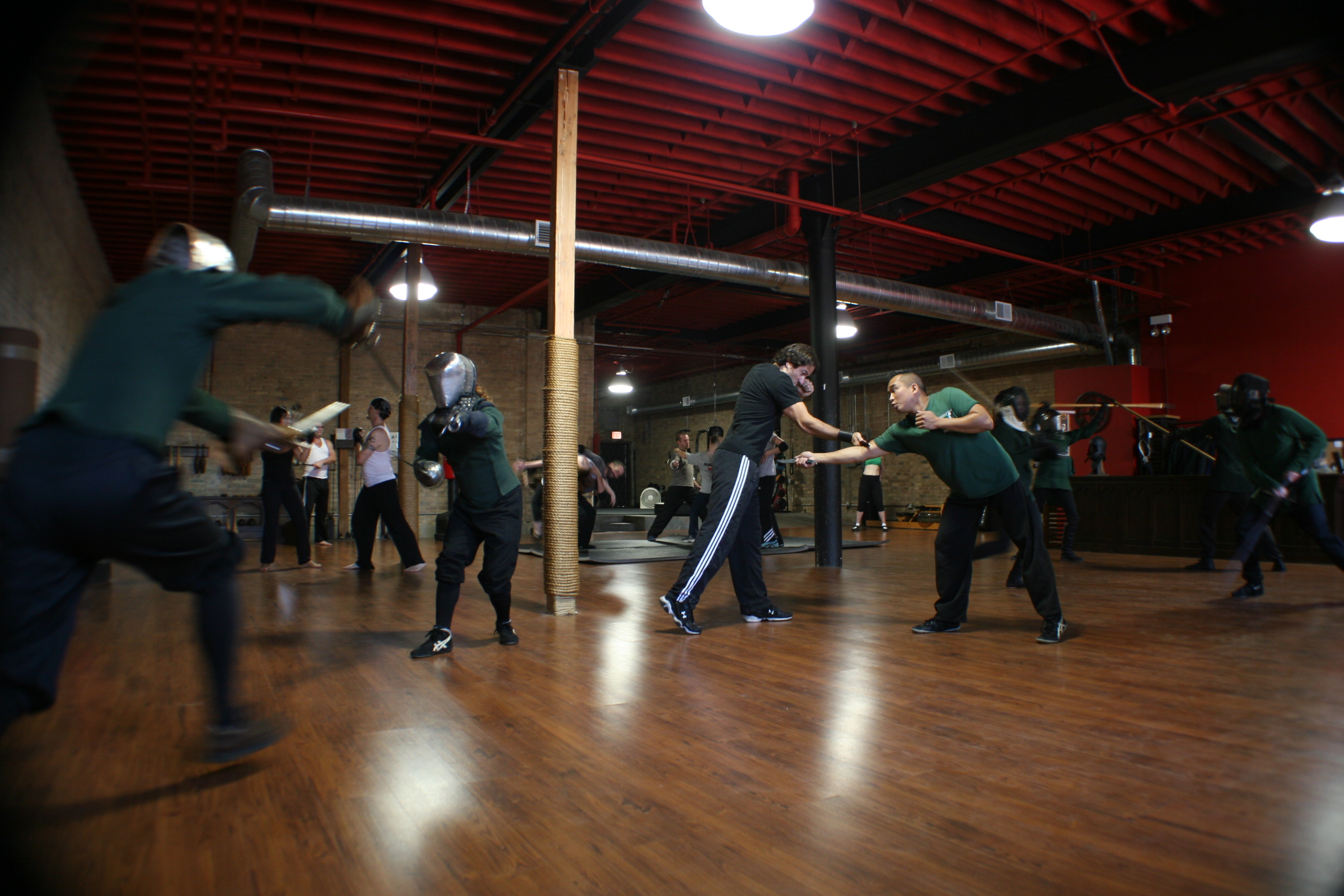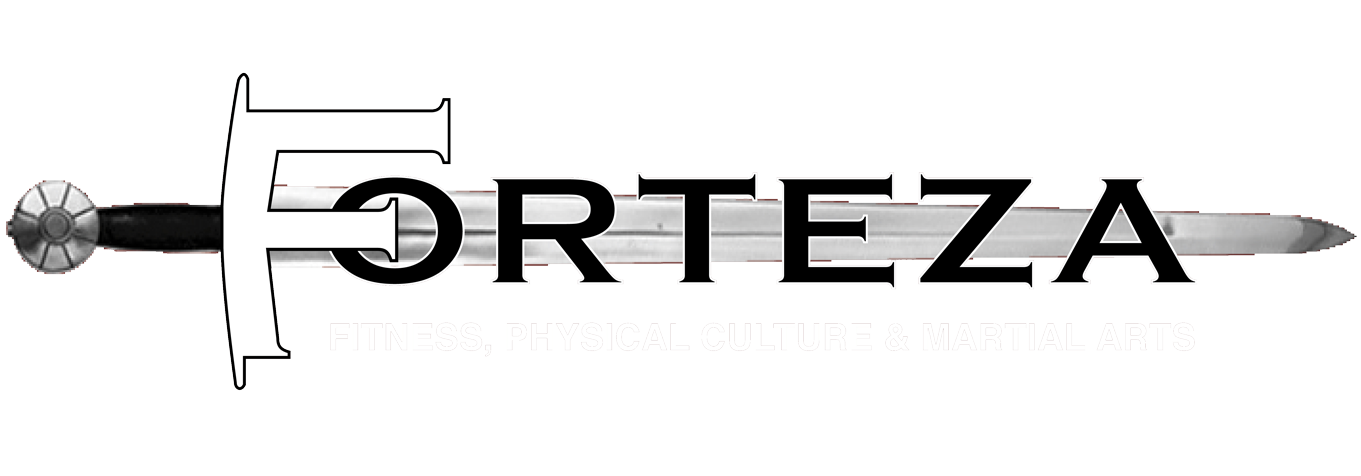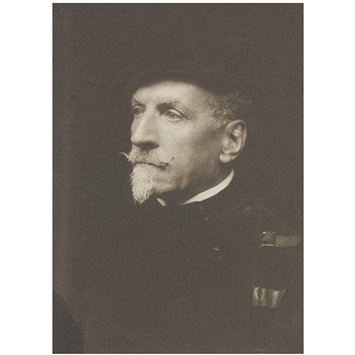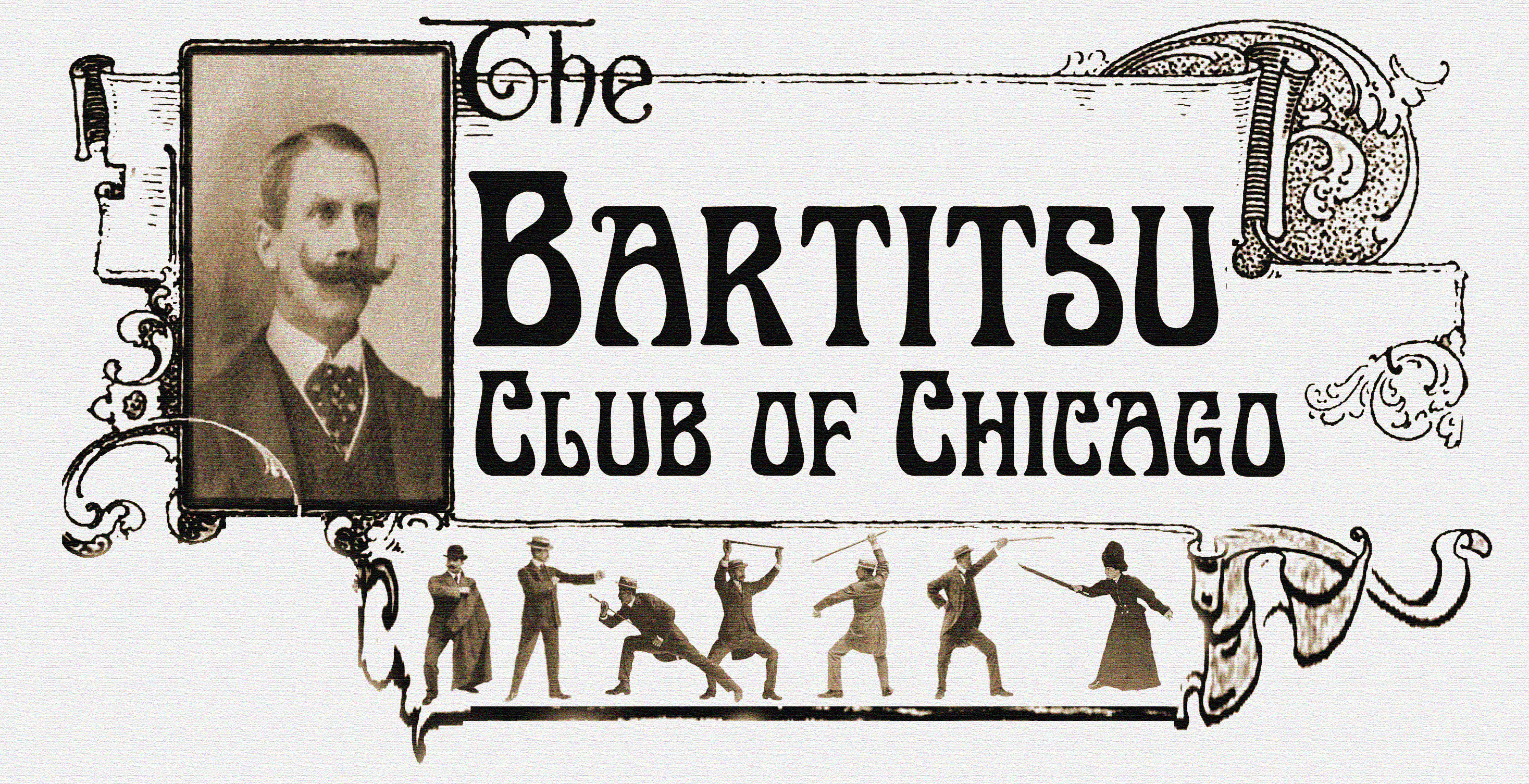The second annual Bartitsu School of Arms and Physical Culture was a three-day conference and training seminar held in Chicago between September 7-9, 2012. The event was hosted by the Bartitsu Club of Chicago and based at the Forteza Fitness and Martial Arts studio.
Day 1
Our band of stalwart adventurers met at the Forteza Fitness and Martial Arts studio in Chicago’s Ravenswood neighburhood just before noon, embarking in a small but spirited convoy to La Salle, IL to tour the Hegeler Carus Mansion and its historic gymnasium – normally a two-hour trip. Unfortunately we were delayed by unusually heavy traffic leaving the city, but the Hegeler Carus Mansion staff were kind enough to delay the start of the 2.00 tour to accommodate us. En route, a nascent plan emerged to write a Bartitsu-themed “anthem”, perhaps in the style of a c1900 music hall song. We also met SoA instructor Allen Reed, who lives somewhat near La Salle, at the site.

The mansion tour was fascinating, particularly re. the Hegeler and Carus families’ close connections to events such as the 1893 Columbian Exposition and the spread of Zen Buddhism to the Western world and to the publishing industry via their in-house “Open Court” company. By special permission of the Hegeler Carus Foundation, instructor Tony Wolf was then able to lead an extended, “up close” tour of the famous 1876-vintage gymnasium, which he has been helping to research and re-assemble. Two Bartitsu Club of Chicago members were afterwards inspired to construct their own “teeter ladder” exercise apparatus, which would surely be a unique addition to the Forteza gymuseum; as far as we know, the original teeter ladder in the mansion’s gym is the only surviving example of its type.

Our return to Chicago was significantly delayed by extremely heavy traffic, due in part to a Bruce Springsteen concert, but we were just about able to get everyone fed and at the Lincoln Square Theatre in time for the beginning of Susan Swayne and the Bewildered Bride.

The play is set during the late Victorian era and actually opens with the title character – a no-nonsense, Mary Poppinsish member of the Society of Lady Detectives – making adroit use of jujitsu and then her parasol to fend off various assailants. Further fight scenes showcased everything from smallsword fencing to pugilism in the context of an ostensible Jack the Ripper mystery, but in fact the mysteries to be solved were of a different and more personal nature. All ended happily for the heroines and the audience was left hoping for further adventures with the S.O.L.D.
Day 2
We began the first full training day with a tour of the Forteza Fitness and Martial Arts studio and then a mini-lecture on Bartitsu history. Warm-ups began by simply walking around the space for orientation, then jogging, then jogging backwards, then jogging while throwing an antique leather medicine ball to and fro (nothing like it for breaking the ice).
We continued the warm-up with a series of synergy exercises stressing efficient whole-body movement, unbalancing tactics and elbow/hip alignment.
Next up was a set of two circuit training sessions in which small groups rotated between short classes taught by three instructors; Allen Reed teaching collar-and-elbow wrestling and jujitsu throws, Tony Wolf teaching fisticuffs and Mark Donnelly teaching cane techniques. These sessions were followed by some “integration” training, making the point that Bartitsu really comes to life when the various skills/styles are tested against each other and combined together.
After lunch we reconvened for longer, specialized classes with each instructor. Mark taught a session on umbrella/parasol defense via the “bayonet” grip; Forteza Fitness instructor Keith Jennings taught some catch wrestling holds, takedowns and reversals; Allen presented several canonical Bartitsu/jujitsu kata, and drills arising from opponent resistance; Tony taught “combat improvisation” based on various canonical unarmed and armed set-plays.
Then each instructor in turn was invited to contribute to a combat scenario beginning with cane fighting, segueing through boxing and throwing and ending up on the ground.
The last session of the day was devoted to informal “breakaway” groups and included some spirited cane sparring, pugilism drills, scenario-based cane techniques, free submission grappling and even some Bowie knife work. Serious points to those young enthusiasts who, after a very full day of Bartitsu training, still had enough energy to squeeze in a kettlebell session.
At 7.00 pm we met in the Victorian-themed side room at O’Shaughnessy’s Public House – all dark green velvet, dark polished wood and maroon trimmings – and spent a very pleasant couple of hours eating, drinking and chatting before retiring gratefully, if not necessarily gracefully, to home and rest.
[youtube http://www.youtube.com/watch?v=We3BJ3lPdBY&w=550&h=413]
Day 3
The final day of the School of Arms began with an orientation and quick Bartitsu history lesson for the four new (Sunday only) participants. We started the warm-up with forward and backward jogging and medicine ball tossing, then rotated through whole-group exercises/balance games taught by Mark Donnelly, Allen Reed and Tony Wolf, including iterations of wrist wrestling, stick wrestling, stand-off and finger-fencing.
Next we cycled through two circuit training rounds of small group mini-lessons (roughly 15 minutes each), in which Mark concentrated on cane work, Allen on jujitsu throws and Tony on integrating standing grappling with fisticuffs and low kicking.
After lunch each of the instructors taught a longer, 45 minute class for the whole group. Mark focused on the technical and tactical dynamics of parrying and countering with the cane. Allen taught applications of two canonical jujitsu kata vs multiple opponents and Tony gave a session on spontaneously combining three canonical kata/set-plays (two jujitsu, one cane) in response to opponent resistance.
We then set up for the Antagonisticathlon, which proved to be by far the roughest and wildest rendition of that event yet. The combination of stirring Sherlock Holmes and Steampunk music via the PA system and the presence of an audience fed into a quite extraordinary mixture of hard fighting and surreal Victorianesque humour. It was a sight to see.
After the warm-downs, the School of Arms ended on a high note, with thanks to our hosts at Forteza Fitness and Martial Arts for providing the perfect venue for this event, to the instructors and to the brave souls who volunteered as ruffians in the Antagonisticathlon. We then passed out participation certificates and posed for group photos before retiring to O’Shaughnessy’s for drinks and farewells.
Special thanks to the members of the Bartitsu Club of Chicago who volunteered to host and chauffeur out-of-towners, the staff at the Hegeler Carus Mansion and to all the participants, some of whom had traveled considerable distances for the event.
Onwards to the Bartitsu School of Arms 2013 …
Read More »










